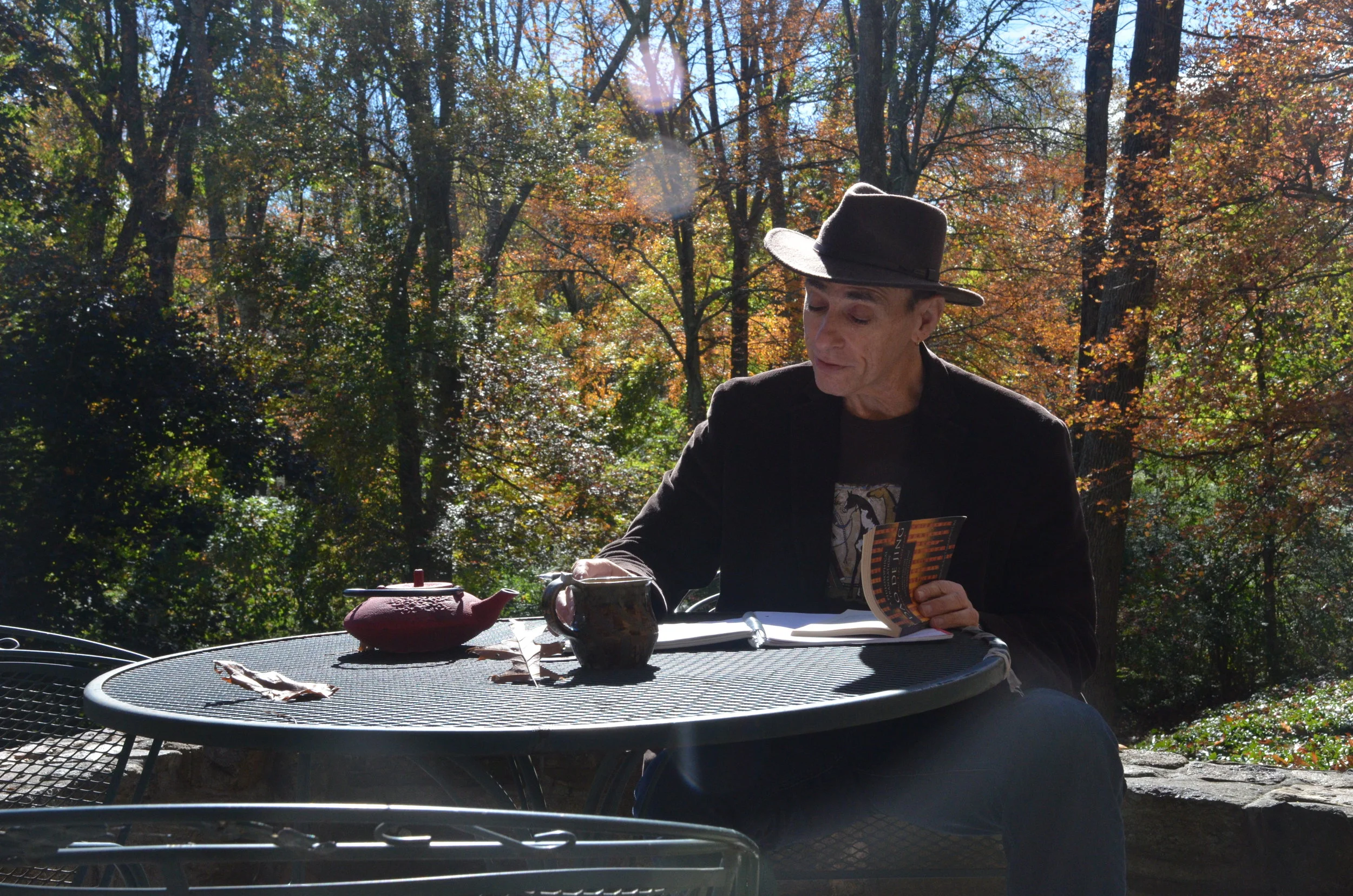Interior And Exterior Landscapes
/Chinese paintings are frequently landscapes, with the human being’s place in it telling a story. Very often nature overshadows people and structures. Mountains, trees, sky and water dominate; people, animals and manmade structures are smaller in scale however the story is impossible to ignore. The visual vignette tells a story of the human experience in that environment, speaking of things often rendered in Western paintings by detailed human expression of what is going on inside: Excellence, equanimity, effort, loneliness, endurance, sorrow, joy and more.
In the West, the images are quite different. Our emotional and mental states often are the largest part of the painting, but our conduct is not solely driven by those interior sensory experiences. Although we tend to over-emphasize our feelings it is as impossible to separate our conduct from the exterior world as it is to separate the image from the canvas and still have a work of meaning. Adjusting our conduct is assigning new meaning to the human’s place in the larger picture as it is also adjusting the observer’s interpretation of that interior sensory experience.
How do we do that?
The Secret Of The Golden Flower’s* early admonition that we should get a firm foothold on daily life within society prior to learning meditation makes for a difficult bootstrapping event. Oh yeah…we’ll get right on that one!
The 12-Steps idea that we should have a spiritual experience prior to changing conduct presents the same dilemma but in reverse: The same way Zen is popularized as requiring an adjustment to conduct prior to higher forms of awareness so much in the same way 12-step has a reputation of insisting on attaining higher forms of consciousness prior to adjusting conduct.
Something to consider: These are both cognitive analogies, suggestions and ideas. Nothing more. They are ways of thinking. They are not experiential but descriptive. We can take painting lessons forever but if we never pick up a brush and engage the body mind and world in a unified way we will not get very far.
The answer is in the middle. A simultaneous observation of conduct and motives along with noticing internal sensory experiences on a cognitive and corporeal level makes that canvas broader, larger, including a field of vision as if an observer might be looking on. And indeed, what is it that we would like to be doing if not to be able to see ourselves more objectively as if from afar?
The limbic system and the amygdala when no longer in the loop of fright or flight allows other centers of the brain to operate in a more optimal way. It is a conductive meditation.
Dark and light reflect each other, up and down define each other, weightless and heavy share the scale and give each other value. In the same way the interior and exterior experience are part of something greater and that is of the observer, the unified undifferentiated whole.
Both 12 step and Qigong are meaningful intent-full forms of self-observation. They are events and not things. Recovering The Way Qigong knits together the body’s experiential reactions and adjustments to the self-observation so central to the process of change. At the same time, it feeds the chronically anxious monkey mind and wild intention horse a solid diet of beneficial neuropeptides to adjust a strained autonomic nervous system.
So we are in the midst of an experience that is pretty central to the core of our existence and it is the process of intent-full self-observation which changes us. What we wind up with is a new canvas that is more like the paint-by-numbers we did as children. As we connect the dots we begin to see patterns and relationships as if for the first time but they are at once apprehended as truths. And as Qigong is the oldest form of Chines Medicine, the improvement in mind is usually mirrored by great improvements in physical health.



